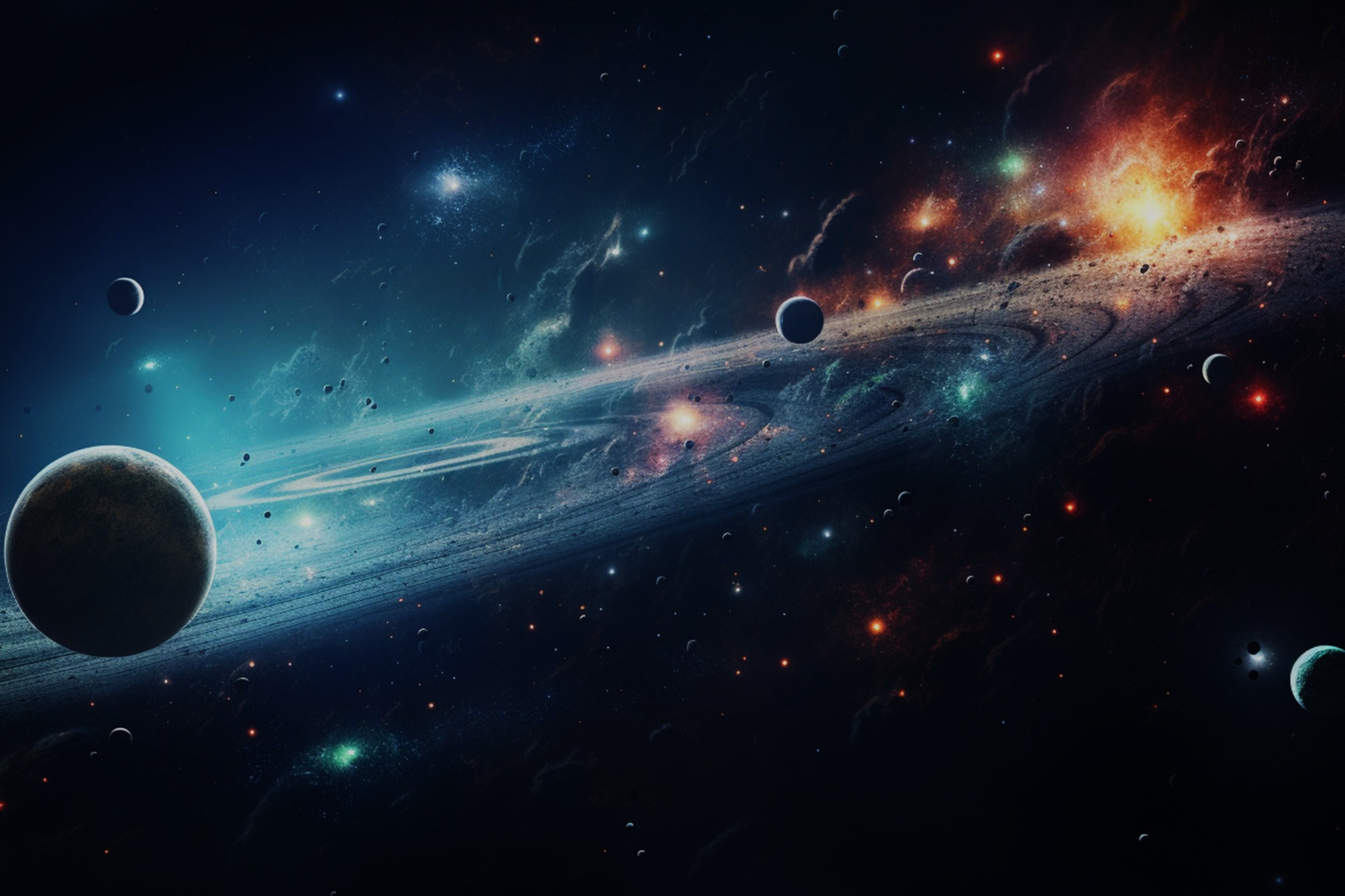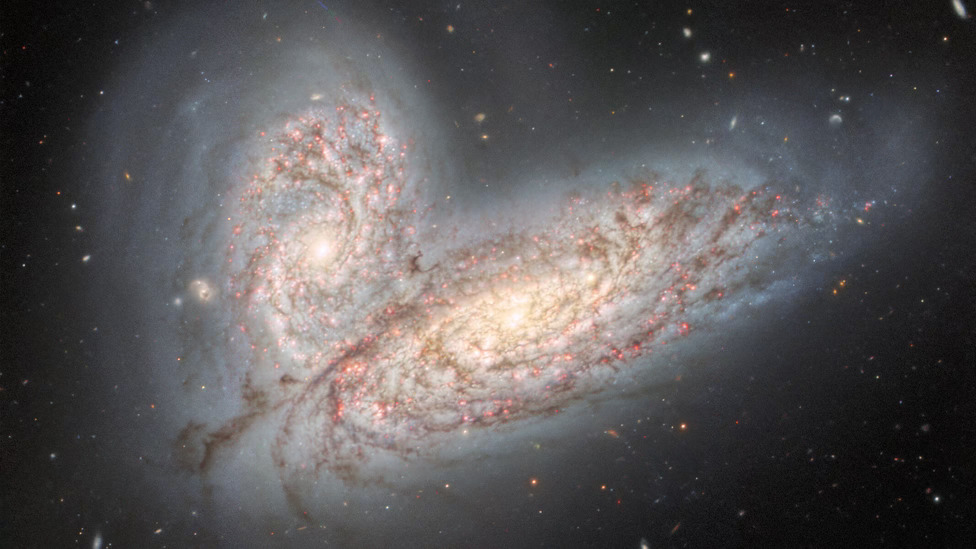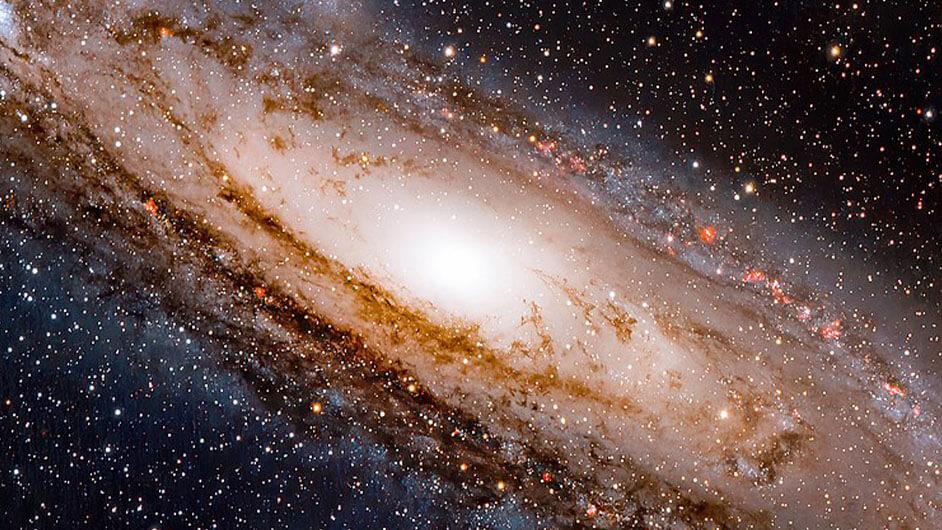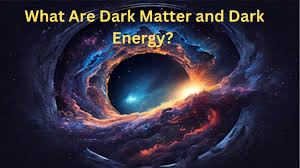
Blog Post

 Saakshita Saxena
Saakshita SaxenaGalactic Collisions and How They Shape the UniverseGalactic Collisions and How They Shape the Universe
Galactic collisions are among the most powerful and visually stunning phenomena in the universe. Although we might imagine these events as catastrophic, high-speed crashes, the reality is both more complex and fascinating. Over billions of years, galaxies come together in slow, intricate dances, reshaping each other and the cosmos itself in the process. These cosmic mergers are central to the evolution of galaxies, the birth of new stars, and even the formation of massive black holes. Here’s a closer look at what happens when galaxies collide, and how these events shape the universe.
The Nature of Galactic Collisions
Galaxies are vast collections of stars, gas, dust, and dark matter, each bound together by gravity. When two galaxies approach each other, their mutual gravitational attraction draws them closer, leading to interactions that can last for millions or even billions of years. Unlike objects on Earth, galaxies are so vast and diffuse that individual stars within them rarely collide directly. Instead, the gravitational forces of the galaxies as wholes tug and stretch each other, creating tidal forces that warp their shapes, forming tidal tails and intricate streams of stars and gas.
Phases of a Galactic Collision
Galactic collisions can be broken down into a few main phases:
- First Approach: As two galaxies approach, their shapes begin to distort due to each other's gravitational forces. This interaction causes waves of compression within the galaxies, which can trigger bursts of star formation.
- Merging: The galaxies’ structures intermix, with stars, gas, and dark matter becoming intertwined. In this phase, gravitational forces generate massive waves of gas and dust compression, creating a fertile environment for star formation.
- Final Coalescence: After many interactions, the two galaxies eventually settle into a single, larger galaxy, often an elliptical one. During this phase, any leftover gas fuels the central supermassive black hole, potentially causing it to grow and generate a bright quasar.
Star Formation in Galactic Collisions
One of the most dramatic effects of galactic collisions is the surge of new star formation. As clouds of gas and dust are compressed, they heat up and collapse under their own gravity, creating stellar nurseries where stars are born. These bursts of star formation can light up the galaxy, often creating blue regions filled with young, massive stars.
For example, the Antennae Galaxies, located about 45 million light-years away, are in the midst of such a collision and display intense regions of new star formation. This starburst activity has implications for galaxy evolution, as it can consume much of the gas in the galaxies, eventually leaving them “quenched,” or with reduced capacity to form new stars in the future.
Role in Supermassive Black Hole Growth
At the center of most galaxies lie supermassive black holes, which can range from millions to billions of times the mass of the Sun. Galactic collisions are thought to play a significant role in the growth of these cosmic giants. During a merger, gas and dust funnel into the central region of the newly forming galaxy, feeding the black hole and causing it to grow significantly. This process can ignite a quasar—a highly luminous, active galactic nucleus powered by the infalling material—which can outshine the rest of the galaxy.
The Milky Way, for instance, has a quiet supermassive black hole at its center, but astronomers predict that its collision with the Andromeda Galaxy (set to occur in about 4.5 billion years) will likely activate this black hole, potentially creating a quasar and reshaping both galaxies into one larger, elliptical galaxy.
The Cosmic Impact of Galactic Collisions
Galactic collisions are essential to the overall structure and evolution of the universe. Early in the universe’s history, smaller protogalaxies frequently merged to form larger structures, leading to the diverse population of galaxies we observe today. In fact, our Milky Way is a product of countless smaller mergers and is still “digesting” the remnants of galaxies it absorbed in the past.
These mergers don’t just reshape galaxies; they also contribute to the large-scale structure of the cosmos. Clusters and superclusters of galaxies are held together by the same gravitational forces that drive galactic mergers, and these large-scale structures are crucial in the formation of the cosmic web, the vast network of filaments and voids that defines the large-scale organization of matter in the universe.
Future Galactic Collisions and What Lies Ahead
One of the most anticipated galactic mergers is the upcoming collision between the Milky Way and the Andromeda Galaxy. Currently located about 2.5 million light-years away from us, Andromeda is moving toward the Milky Way at about 110 kilometers per second. When they eventually merge, our familiar spiral galaxy will be transformed, likely resulting in a new, elliptical galaxy.
Though this may sound apocalyptic, individual solar systems are unlikely to be directly affected due to the vast distances between stars. However, the skies of Earth (if life exists here at that time) will display an awe-inspiring spectacle as Andromeda grows larger and larger until the two galaxies ultimately combine.
The Beauty of Galactic Collisions
From a human perspective, galactic collisions may seem rare and exotic, but they are fundamental to the cosmos. They remind us that the universe is dynamic and ever-evolving, with galaxies constantly interacting and reshaping each other in a cosmic dance. Through these mergers, galaxies grow, change, and help foster the formation of new stars and even life-bearing planets.
In the grand scheme of things, galactic collisions are one of nature’s most spectacular processes, embodying the principles of transformation and creation on a massive scale. By studying these phenomena, astronomers gain insight into how the universe has evolved over billions of years and how it may continue to change far into the future.
Recent Posts

 Saakshita Saxena
Saakshita Saxena
 Saatvick Saxena
Saatvick Saxena

 Saatvick Saxena
Saatvick Saxena

 Saatvick Saxena
Saatvick Saxena


